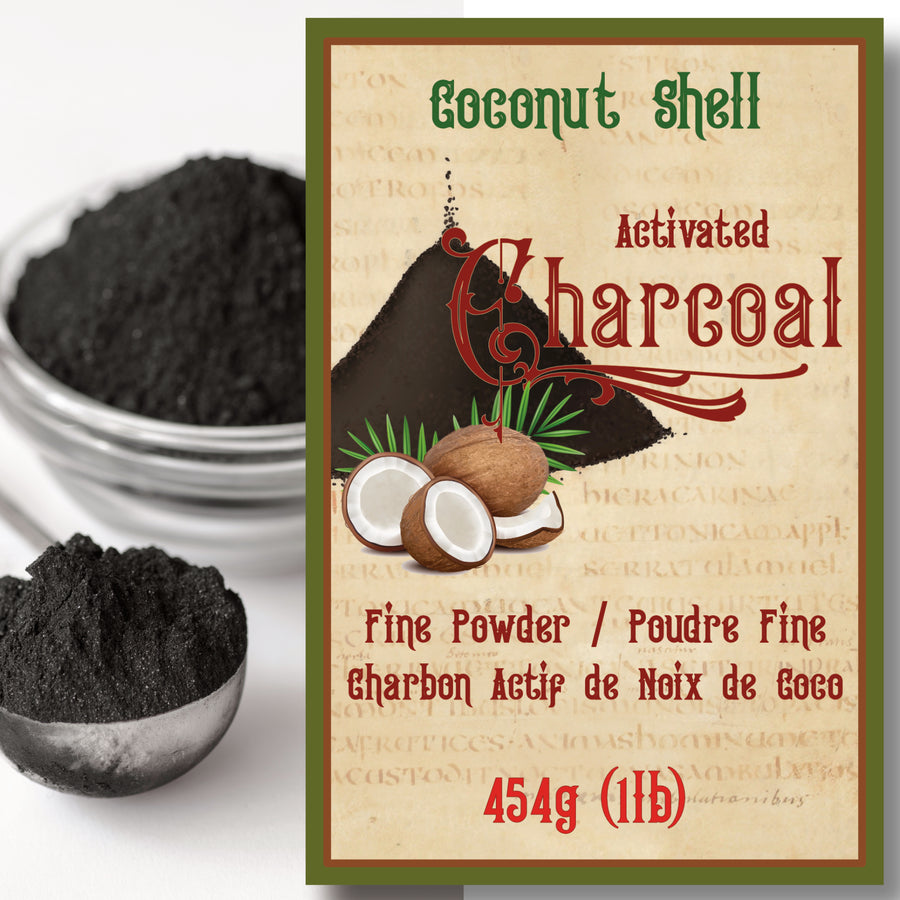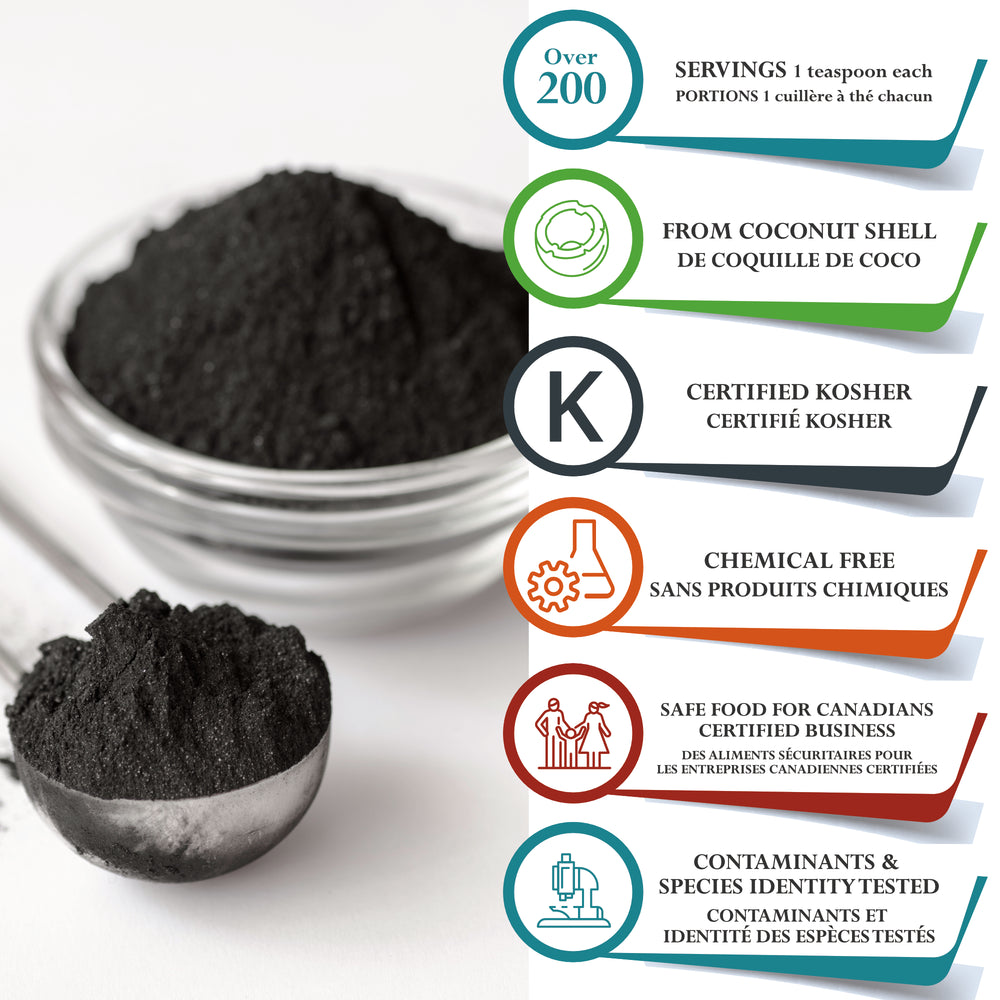Herbs - Mullein
Mullein (Verbascum thapsus)

🌾 Mullein – The Velvet-Leafed Plant of Old World Lore
Latin Name: Verbascum thapsus
Also Known As: Great Mullein, Common Mullein, Candlewick Plant, Velvet Dock
🌿 Botanical Source
Mullein is a tall biennial plant in the figwort family (Scrophulariaceae), native to Europe and Asia but widely naturalized across North America. In its first year, it forms a soft, fuzzy rosette of basal leaves. In its second, it sends up a towering yellow flower spike that can reach 6–8 feet in height.
The leaves are soft and downy — a characteristic that makes mullein one of the easiest herbs to identify. We offer cut and sifted dried leaves, the traditional part used in herbal preparations.
📖 History & Traditional Uses
For centuries, mullein has been a staple in folk herbalism across cultures:
-
In Europe, it was used in teas and poultices for centuries, referenced in both Roman and medieval herbals.
-
In Appalachian and Native American traditions, mullein leaf was dried and smoked or steeped as a tea.
-
In colonial America, it was a common homestead herb, used for everything from lamp wicks to skin soothers.
Its velvety leaves and sunny flowers inspired both practical uses and spiritual lore — in some cultures, it was believed to ward off evil or be used in protective rituals.
Refer to:
Maud Grieve’s A Modern Herbal (1931)
Duke's Herbal Handbook
King’s American Dispensatory (1898)
✨ Modern Applications
Today, Mullein is most commonly used in:
• Herbal Teas & Infusions
Mullein tea is light and earthy, often used solo or blended with herbs like peppermint or thyme. The key is straining well to remove the tiny leaf hairs.
• Herbal Smoke Blends
Its smooth smoke and gentle nature have made it a staple in natural tobacco alternatives or ceremonial blends.
• Topical Preparations
Traditionally used in poultices or compresses, sometimes in infused oils.
• Steam Inhalation
Dried mullein leaves are often added to herbal steams for a comforting, aromatic experience.
🧪 Nutritional & Functional Snapshot
Mullein leaves are rich in mucilage (a slippery plant compound), flavonoids, saponins, and tannins. These constituents are commonly found in traditional herbals used for internal soothing and skin preparations.
As always, Health Canada regulations prevent health claims without NPN registration, but its use in tea and external infusions is well-documented.
🔧 How to Use Mullein
Mullein Tea (Simple Infusion)
-
Use 1–2 tsp dried cut leaves per cup of hot water.
-
Steep 10–15 minutes, covered.
-
Strain thoroughly through a fine mesh or cloth.
-
Enjoy plain or with honey, lemon, or licorice root.
Mullein & Mint Herbal Tea Blend
-
1 part mullein leaf
-
1 part peppermint
-
1/2 part licorice root (optional)
Steep together as above — the mint balances mullein's earthy profile beautifully.
Steam Inhalation
-
Add a handful of mullein leaf to a bowl of boiling water.
-
Drape towel over your head and inhale for 5–10 minutes.
-
Often combined with thyme or eucalyptus.
🧴 Topical & External Uses
Mullein Oil (Traditional Herbal Preparation)
-
Dried mullein flowers (if available) or leaf
-
Olive oil or sunflower oil
Fill a jar with mullein and oil, infuse for 2–4 weeks, then strain. Traditionally used in ear oil blends or gentle salves.
Soothing Poultice
-
Rehydrate mullein leaves with hot water
-
Wrap in a clean cloth and apply to the skin
-
Traditionally used for calming minor irritation
⚠️ Cautions and Considerations
-
Straining Required: The tiny hairs on mullein leaves can irritate the throat if not properly strained in teas.
-
Pregnancy: While often considered gentle, consult a healthcare professional before use during pregnancy.
-
Smoking or Burning Herbs: Use responsibly and in well-ventilated areas only if part of a cultural or wellness ritual. Not intended for casual inhalation.
🌾 Fun Facts & Folklore
-
The name “Candlewick Plant” comes from the tradition of dipping its dried flower stalks in tallow to make torches.
-
The leaves were used as natural insoles for Roman soldiers’ boots!
-
Mullein was associated with protection in European folklore — bundles were sometimes hung in doorways.
📚 Suggested Blends & Pairings
-
Tea Blends: Combine with marshmallow root, licorice root, or lemon balm.
-
Topical Blends: Combine with calendula or plantain for multipurpose salves.
-
Smokable Herbs: Mix with damiana, skullcap, or raspberry leaf.



